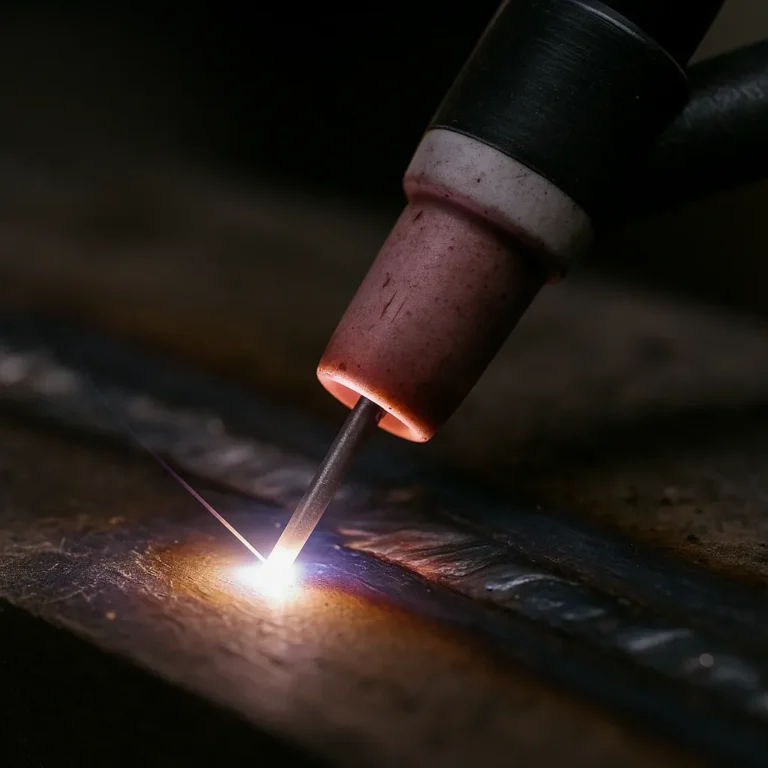How to Weld Aluminum to Steel Without Losing Strength

Disclosure: This post contains affiliate links. As an Amazon Associate, I earn from qualifying purchases—at no extra cost to you.
Welding aluminum to steel is one of the most challenging tasks in metalworking. These two metals have drastically different properties—aluminum has a lower melting point, oxidizes rapidly, and doesn’t bond well to steel through conventional fusion methods. But it can be done. Whether you’re repairing a vehicle, building custom machinery, or tackling a fabrication job, there are effective ways to join these dissimilar metals. In this post, we’ll walk through how to weld aluminum to steel the right way.
Why Welding Aluminum to Steel Is Difficult
Steel and aluminum don’t naturally bond due to differences in melting temperature, thermal conductivity, and chemical composition. Attempting to weld them directly can lead to brittle intermetallic compounds, weak joints, and cracks.
Steel melts around 2,500°F, while aluminum melts at just over 1,200°F. Even if you manage to melt them together, the result is often poor in strength and prone to corrosion. That’s why this kind of weld requires a specialized approach—often involving a third material to bridge the gap.
The Bimetallic Transition Method
The most widely accepted technique for joining aluminum to steel is using a bimetallic transition insert. These inserts are commercially prepared materials that bond a piece of aluminum to a piece of steel through explosion welding or roll bonding at the factory. Once you have the bimetallic strip, you can weld aluminum to aluminum and steel to steel using traditional methods.
For example:
- TIG weld the aluminum part of the transition to the aluminum structure
- MIG weld or stick weld the steel end of the transition to your steel frame
This method avoids direct fusion between the two metals and significantly improves strength and durability.
Brazing Aluminum to Steel
Brazing is another method for joining aluminum and steel, particularly in lower-load applications. It involves melting a filler metal that bonds to both aluminum and steel without melting the base metals themselves.
Special aluminum-silicon filler rods and a proper flux are required. The process typically uses a torch, and surfaces must be meticulously cleaned. The bond isn’t as strong as a bimetallic transition, but it’s good enough for some automotive and HVAC work.
Friction Stir Welding and Solid-State Techniques
In industrial settings, friction stir welding and other solid-state methods are used to join aluminum to steel. These methods apply pressure and friction to soften and mix the materials without fully melting them, producing a high-strength bond.
While hobbyists rarely use these techniques due to equipment costs, they are common in aerospace, shipbuilding, and advanced automotive manufacturing.
Tips for a Strong Bond
- Always clean both metal surfaces thoroughly before welding or brazing
- Use compatible filler metals and flux designed for aluminum-to-steel joints
- Avoid excessive heat input, which can degrade aluminum and produce brittle compounds
- Clamp materials securely to reduce distortion during the joining process
- Consider using corrosion inhibitors or coatings on finished joints to prevent galvanic corrosion
Conclusion
Welding aluminum to steel isn’t simple, but it’s far from impossible. With the right method—especially using bimetallic transition inserts or brazing—you can create reliable, durable joints between these two materials. For structural integrity and longevity, avoid direct fusion welding. Instead, lean on proven techniques and specialized materials to ensure your project holds up under stress and time.






